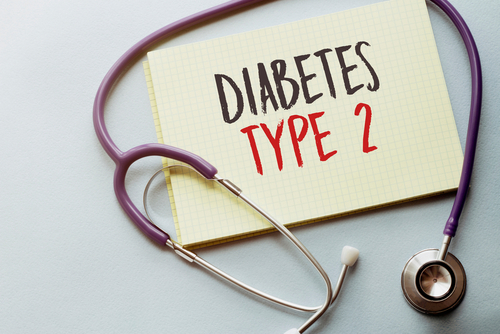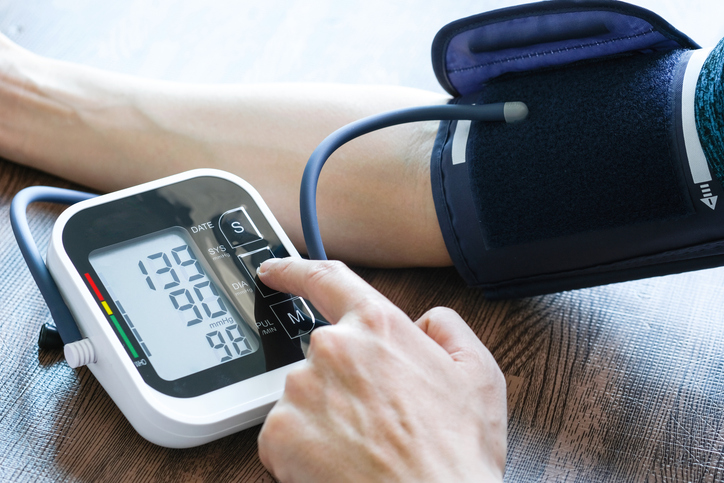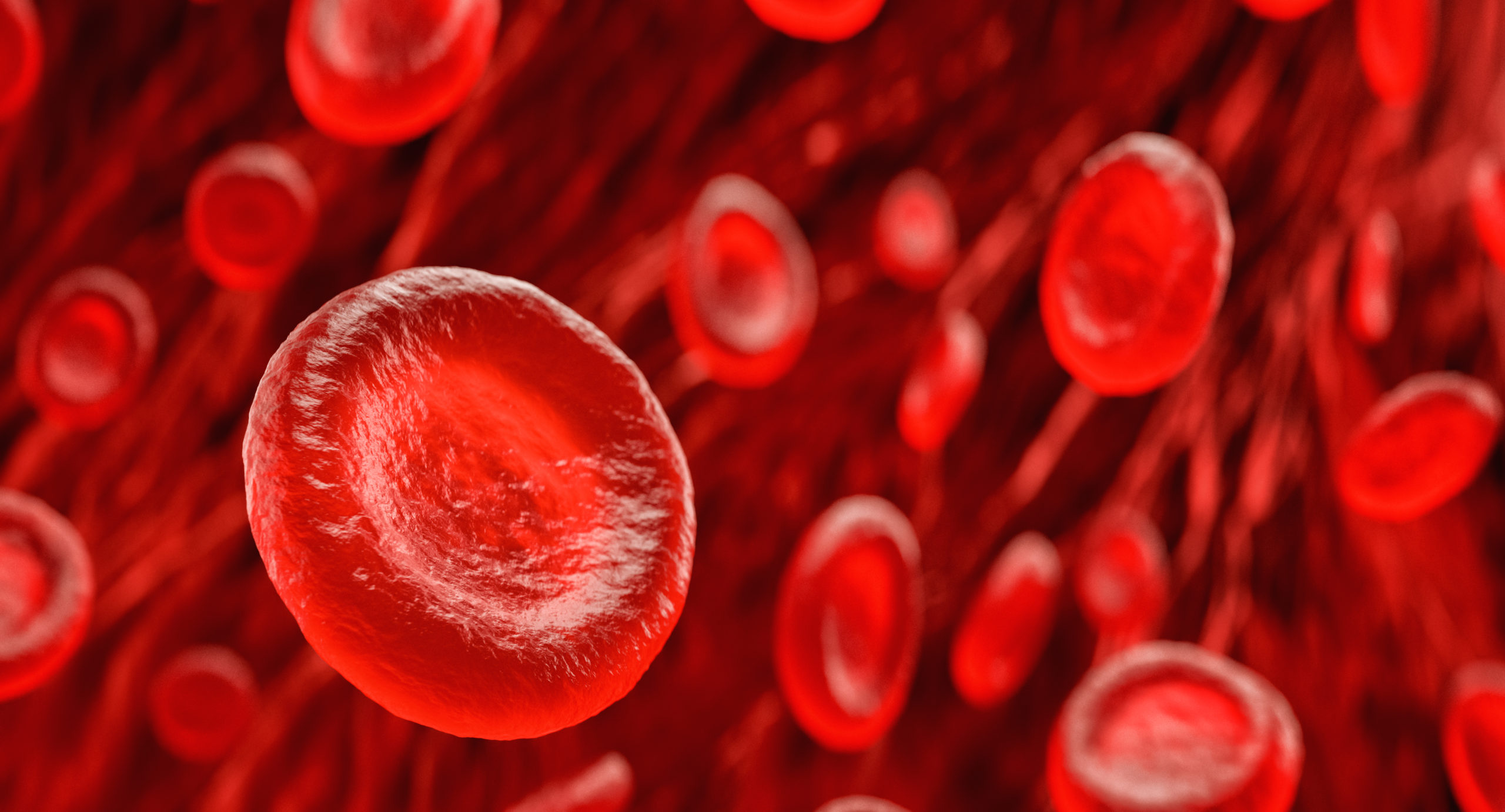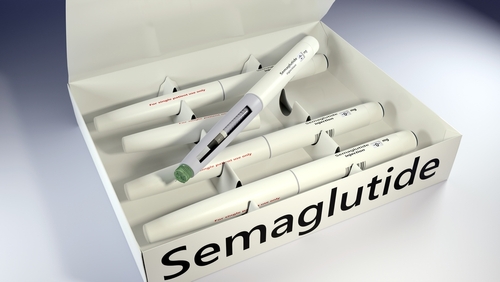
Among the population with chronic kidney disease (CKD), 92% also have hypertension. Both CKD and hypertension increase the risk of cardiovascular disease and kidney disease progression. In addition, hypertension is a leading cause of kidney failure requiring treatment. Thiazide diuretics have been shown to improve cardiovascular outcomes, but evidence is limited regarding their effect on the progression of kidney disease or the development of end-stage kidney disease.
To better understand the effects of thiazide diuretics on kidney outcomes, Areef Ishani, MD, and colleagues conducted a prespecified secondary analysis of data from the Diuretic Comparison Project (DCP), a randomized clinical trial comparing chlorthalidone and hydrochlorothiazide for the treatment of hypertension. Their results were published in JAMA Network Open.
The DCP was a multicenter, two-arm, comparative-effectiveness, embedded, pragmatic, open-label trial; it randomized 13,523 participants to continue hydrochlorothiazide or switch to chlorthalidone. DCP was conducted between June 1, 2016, and June 1, 2022, through 72 Veterans Affairs health care systems across the United States.
The study included veterans ≥65 years with hypertension who were taking hydrochlorothiazide. In addition, participants had a history of hypertension with a most recent clinic systolic blood pressure (SBP) of 120 mmHg or higher, plus an active hydrochlorothiazide prescription of 25 or 50 mg/d.
The secondary analysis extended follow-up to December 31, 2023. Patients who were randomized and had a baseline and one or more follow-up creatinine measures were included in this intention-to-treat analysis. Patients and physicians were aware of the treatment assignment.
The main DCP analysis found no difference between chlorthalidone with hydrochlorothiazide groups for major adverse cardiovascular events and noncancer death. Adverse kidney events were a prespecified secondary outcome in the DCP protocol. Evaluation of treatment effects on risks of exploratory kidney outcomes and adverse events, such as hypokalemia (potassium <3.1 mEq/dL) and acute kidney injury requiring hospitalization, were also included in the secondary analysis.
The secondary analysis sought to determine whether chlorthalidone was superior to hydrochlorothiazide at preventing kidney outcomes. The researchers reported patient characteristics as mean (SD) or median (IQR) for continuous variables with nongaussian distribution by the Shapiro-Wilk test. Discrete and categorical variables were presented as a percentage. The overall changes in SBP and potassium levels with mean (SD) were presented graphically.
The authors studied treatment effects on risks for hypokalemia and acute kidney injury requiring hospitalization, as well as the proportion of participants with incident CKD, using the Fisher Exact Test. They used the Mann-Whitney U test to evaluate group differences on the overall change in mean estimated glomerular filtration rate (eGFR) slope. A Cox proportional hazards regression model was used to estimate hazard ratios (HRs) for the kidney outcomes. Baseline factors were adjusted to further refine analyses. Covariates were chosen based on study protocol description and clinical relevance. Cox proportional hazards regression was used to assess potential interactions between treatment assignments and the prespecified subgroups.
The primary kidney outcome was CKD progression, defined as doubling of serum creatinine level from baseline, a terminal eGFR <15 mL/min, or dialysis initiation. Other exploratory kidney outcomes evaluated included: (1) an alternative composite measure of a 40% reduction in eGFR (a terminal eGFR<15 mL/min or dialysis initiation); (2) incidence of new CKD (eGFR<60 mL/min) among patients who did not have CKD at baseline; and (3) assessment of the change in annual eGFR slope (estimated as the absolute change between baseline and last eGFR taken during the study divided by duration of the two measurements and multiplied by 365.25 days).
The secondary analysis included 12,265 participants (90.7%) with a baseline and one or more follow-up creatinine measurements. Median (IQR) age was 71 (69-75) years. Of the participants, 3.2% were female, 96.8% were male, 15.0% were Black, 77.6% were White, 2.3% were other race, and 5.1% were unknown race. The mean (SD) study duration was 3.9 (1.3) years.
Of those participants, 6,118 were randomized to receive chlorthalidone, and 6,147 received hydrochlorothiazide. Regarding the primary kidney outcome, chlorthalidone was not superior to hydrochlorothiazide in the incidence of doubling of serum creatinine level, an eGFR less than 15 mL/min, or dialysis initiation by treatment group (369 of 6118 [6.0%] vs 396 of 6,147 [6.4%]; HR, 0.94; 95%CI, 0.81-1.08; P=.37).
The findings were similar for a 40% decrease in eGFR, an eGFR <15 mL/min/1.73m2, or dialysis initiation by treatment group (778 [12.7%] in the chlorthalidone group vs 818 [13.3%] in the hydrochlorothiazide group; HR, 0.96; 95%CI, 0.87-1.06; P=.39).
Incident CKD developed in 1,900 of 9,038 (21.0%) participants without CKD at baseline. It did not differ by randomized groups (961 of 4520 [21.3%] in the chlorthalidone group vs 939 of 4,518 [20.8%] in the hydrochlorothiazide group; P=.59). Results did not change when adjusted for baseline characteristics.
The overall mean slope of eGFR progression was −1.0 mL/min/1.73m2 annually. There was no mean (SD) difference between groups (−1.0 [7.9] in the chlorthalidone group vs −1.1 [8.9] in the hydrochlorothiazide group; P=.18).
Within subgroups defined by baseline CKD status, race, sex, the presence or absence of diabetes, myocardial infarction or stroke at baseline, or baseline mean SBP, chlorthalidone was not superior to hydrochlorothiazide. The incidence of acute kidney injury requiring hospitalization did not differ between groups. Participants in the chlorthalidone group had a higher risk of hypokalemia and of hospitalization for hypokalemia compared to participants receiving hydrochlorothiazide, particularly those without CKD at baseline.
The researchers recognize some limitations to their study. The trial design likely limited adverse effects associated with thiazide diuretics and led to a greater incidence of self-reported adverse events and switches back to hydrochlorothiazide among participants who switched to chlorthalidone. After randomization, all follow-up was carried out by the primary care physician, and there were no laboratory evaluations subject to protocols. Some dialysis events may have been missed due to dialysis initiation being identified through claims data. Finally, most participants (95%) started out taking lower doses of hydrochlorothiazide (25 mg/d) or chlorthalidone (12.5 mg/d), so effects of 50 mg or 25 mg doses, respectively, could have been missed.
The authors concluded, “Overall results from this secondary analysis of the DCP demonstrate that chlorthalidone was not superior to hydrochlorothiazide for kidney outcomes at the doses observed. There was a greater tendency for a higher incidence of hypokalemia in those randomized to chlorthalidone compared with hydrochlorothiazide even in those with CKD, although the incidence and difference between the groups were small.” Considering the findings, they advise that clinicians should feel confident using either drug to treat hypertension.
Source: JAMA Network Open







 © 2025 Mashup Media, LLC, a Formedics Property. All Rights Reserved.
© 2025 Mashup Media, LLC, a Formedics Property. All Rights Reserved.